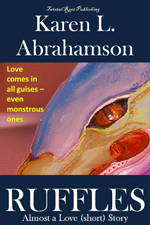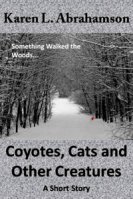Great Expectations: Cats and Readers
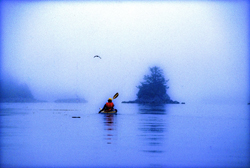
This past week I was supposed to be on the coast of Oregon with a group of writers learning about marketing books to bookstores. I was really looking forward to the trip and being with a group of great friends. I had everything packed and ready to be loaded into my car. My cats were primed and ready to for the trip. (They always travel with me, and the hotel where I stay at has known these boys since they were babies—it’s like a second home).
Then Ben, the larger of the two boys got sick and not just throwing up, but a total shut down. He quit eating (a VERY big thing for this guy) and drinking and became very quiet and cooperative. Now you have to know Ben. This is a cat that pulls paintings off walls and statues off shelves just to get your attention. When he took a downturn I ended up taking him to the emergency veterinarian. The next day more vets and more bills and at that point the I was still holding up hope that he might recover and I might still head to my course a day late.
Not to be.
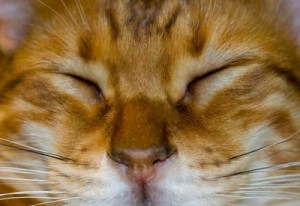
More tests, more bills and by this point I was administering subcutaneous fluids twice a day, force feeding three times and day and wrestling pills down his throat twice a day. It’s a wonder he’s still speaking to me. How do you spell stress?
The point I’m making here is that all my expectations were dashed and so I had to totally regroup and refocus myself from a week that I had booked off from work to a week working and caring for sick cats (yes, Ben’s brother got the same bug). It was jarring. It was unpleasant not least because I had a sick cat, but also because I wasn’t doing what my mind had expected. I raise this because it brought home something important writers need to think about, which is reader expectation.
Reader expectation is what the reader is expecting to experience in a book. For instance, if J.R.R. Tolkien had written a shoot-‘em-up Science Fiction book as a follow-up to the Lord of the Rings, think about how disappointed the Lord of the Rings fan would have been when they bought the book. Same goes for the reader who picks up a book that has a cover and blurb that looks like a suspense story, but when they get reading they find it’s women’s fiction. Or the reader whose book spends an immense amount of time early on lovingly describing the gun the hero owns, but by the end of the book the gun has never been used or even appeared in the story again. Each of these authors has violated reader expectations.
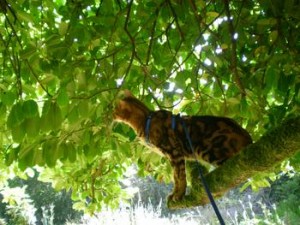
A few days ago I was talking with a writer friend of mine. He was bummed out because his editor at a New York publisher had turned down book two of his two book contract and my friend couldn’t understand what that had happened. In discussion with the writer he advised that book one was a lavish fantasy involving the Jewish kabala. Book two was a comedic superhero novel. Anyone see a problem here? Apparently his editor did, because the publishing house had ‘bought’ my friend as an author of lavish Jewish fantasies, but his second novel failed to deliver this in every respect. The publishing house likely turned the book down out of concern for reader expectations. Basically my writer friend was asking to his readers to give up the expectations he had created through his first book and start all over again. I suggest that readers don’t like to do this anymore than I wanted to give up my week in Oregon.
In all of these cases the author failed to meet reader expectations and as a result the reader would have as dissatisfying an experience as I have had this week. Yes, the book(s) may still have been well written. My writer friends second book was undoubtedly wonderful (he’s a great writer), but it wasn’t what the publisher was banking on the reader wanting. He should have written another Jewish fantasy. He should have written under a different name for the superhero novel. Not that all our books have to be the same, but if we want to establish a career as a writer, we need to establish a brand. We might have several brands for different kinds of books written under different names. For instance my romance novels are under Karen L. McKee, while my fantasy/SF is written under Karen L. Abrahamson. It helps reader know what they are getting and this helps meet reader expectation.
So as writers we need to make sure that we don’t put our readers through the experience I’ve had this week. With two sick cats, I definitely didn’t get what I’d thought I bought when I booked the week off.
(and in case you were interested, the boys are both on the mend.
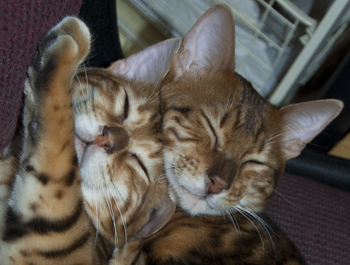
Maps, Dreams and a Road Trip to Port Townsend
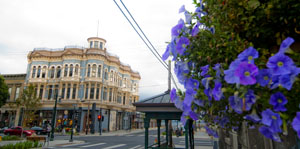
This past week a good friend and I embarked on one of those memorable institutions of Americana (or Canadiana—we are both Canucks)—the road trip. Not that it was one of those great ventures across the continent like so many novelists have captured. No this was a small road trip—actually more of a mini or micro-mini road trip all the way from Vancouver, Canada, to Port Townsend, Washington. Why did we go? Just like any other road trip, we went because it was there and because it was a point on a map that we hadn’t visited before.
Road trips seem like an important part of our North American culture. Maybe it’s our love of the automobile or maybe it’s the distances, but I know people who think nothing of hopping in their car and driving for days on end just to visit a friend, or to be able to stand on a point of land and look out at the Pacific Ocean. Yes, they might have been able to fly to the location quicker and more conveniently, but the road trip makes the process of getting there just as important as the arrival.
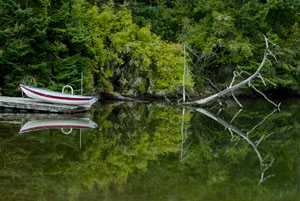
My first road trips were in the back of my parents’ black Ford sedan, travelling across the continent not once, not twice, but at least five or six times because my dad was posted at a military base on one side of the continent and ‘home’ was always on the other side. Dad would drive and mom would ride shot gun and play navigator with the road map. For summer holidays we took road trips from the Pacific Northwest to Utah and California or Montana. Those were memorable trips and brought home at a young age, just how huge the continent was and the diversity of all the places there were to visit and all the different people you could meet along the way. We’d play games of spotting license plates from other places, and I’d count the horses I saw in the fields.
My first independent road trip was right out of high school when, with two friends, we drove to Mexico and back in a Ford van affectionately known as the Dorf. At eighteen it was adventure and an announcement of independence to the world. It took all three of us to places we’d never been before, following the map down the coast and back up I5. We got lost travelling at night playing leapfrog with the long haul truckers and then turning off when exhaustion made us look for a place to sleep in the Van. We got chased off by locals and scared by someone prowling around us and ended up taking turns and travelling right straight through from central California to home in one sitting following the long straight road laid out on the map for us.

What is it about the road trip that draws most of us to such a trip at some point in our lives? Is it simply the love for the automobile and the feel of power that wheels us away from the moorings of our life, or is the call to adventure that dreamers dream of and writers write about? Or is it the vestigial need to explore that remains like a tailbone in our psyche?
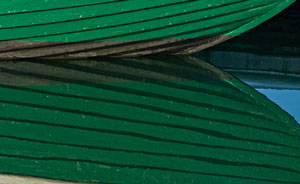
Either way, my friend and I explored the heritage byways and backwaters of Whidbey Island before climbing on a ferry and crossing to Port Townsend. We followed the city map of heritage houses and explored the town before heading on our way again looking for opportunities to fall of the map before climbing back on again to eventually find our way home. At one point our trusty map failed us and it took a kind trucker and his GPS to put us straight again, but that’s the nice thing about road trips: you meet nice people most of the time. When we got home my friend and I were both ready for another, longer trip. We’re already scanning the maps for new places we haven’t seen. Any recommendations?
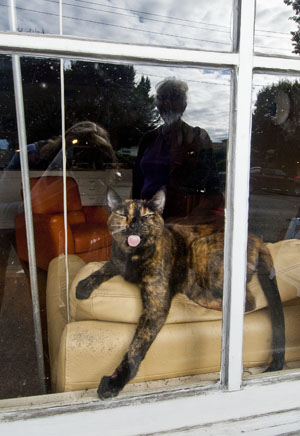
The Lure of Venturing into the Unknown

The other day I was reminded of something that seems intrinsic to human beings—the need to go where no one has gone before, to discover and map and mark our presence upon the world whether it be by having a place named after us, or by hammering a flag into a mountain top. What reminded me of this phenomenon, was the unending effort of one of my cats.
You see, in my house I have a cupboard that holds my washer and dryer. Above that cupboard is a nine-foot high display ledge that holds three large terra cotta pots and an antique Burmese carriage carving safely out of the way of the carnage of scampering little cat hooves. My cat, Ben, has known of the shelf. In my arms when we walked past he always strained upwards like a person wishing for wings, but there was no way up.
Or so I thought. I underestimated the lure of adventure into unknown worlds, and the too-keen intelligence in my cat when it comes to reaching the Promised Land. You see, unbeknownst to me, Ben has secretly been in training.
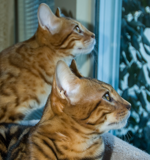
Over the past few years he has taken to leaping to the tops of doors and balancing. Over the past few months his training shifted to opening every bifold door in the house, including the one to the washer and dryer. Then, recently, he trained at climbing, and took it upon himself to open my linen closet, climb up the shelves and then climb out the small little ‘V’ of open space at the top of the bifold closet doors. Once there, he’d balance. Shocked the heck out of me the first time I walked in and didn’t see him until he leapt down in front of me.
I’m sure you can see where this is going.
After years of training, much like a mountain climber trains before attempting Mount Everest, or those surveyors before tackling mapping a mountain range, while I was away at Disney World, Ben tackled his adventure.
The result? One smashed terra cotta pot and a cat with a very big smile on his face.
Since I’ve been home he has shown me how he climbs his mountain. Then he sits on the ledge far above my head and meows his accomplishment—until I grab a chair and haul him down. He seems satisfied with himself and content. When I carry him past the ledge he no longer looks up at the Promised Land. After all, he’s been there, and until I can figure out how to lock the door he can get up there any time he wants
So I guess, just like the explorers of old, I’m going to have to find a way to commemorate what he’s accomplished. Guess I’ll dub his ‘Everest’ ‘Benares’ Ledge’.
And cat-proof the remaining terra cotta pots, of course.
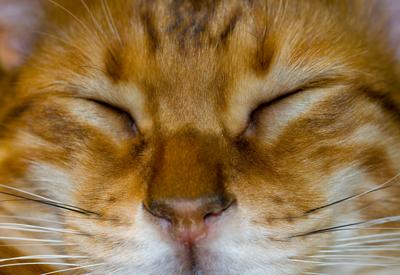
The Place That Wasn’t There
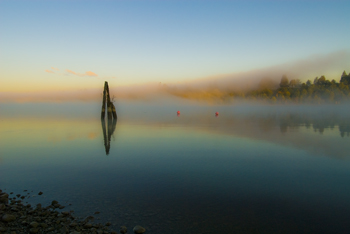
I fell off the map this week – at least that was what it felt like when I learned that I’d been removed from the intercom list at my townhouse complex. It doesn’t sound like much – a simple omission when they were doing the complex list – but think about it. To the outside world I no longer existed in this location. I inhabited an invisible place outside of the normal world that happened to be located between the house number below me and the one above – much like the safe house in Harry Potter but without the overt magic. I was gone, and so was my home and all the mementos I’ve collected from across the world. And of course my cats.
I’ve experienced something similar before, when I worked in the interior of British Columbia in a small town that was a long ways away from anywhere. When my agency’s reporting relationship shifted from one region to another, all the paperwork connections seemed to disappear and no one contacted us – it was actually quite a nice change. But it was also like we inhabited some huge fog bank that filled a space in the center of the province that no one knew existed. Our own personal twilight zone.
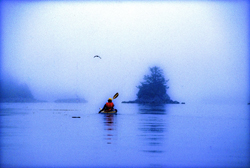
Such phenomena isn’t only in my imagination. Cartographers have been erasing or omitting bits of the landscape from their maps since before Prince Henry, when choice harbors and trade routes were secrets worth killing for. In order to gain a truer picture of the world, it became common practice for Kings to confiscate the log books and charts of each ship that came to harbor in order to copy them down before the sailors took ship again.
During the time of the early Portuguese spice trade, the location of, the Moluccas, the five tiny islands that were the sole source of nutmeg, mace and cloves, were closely guarded secrets. True maps of the eastern Indian Ocean were treated as highly classified documents (and few exist today) due to the possibility that the Portuguese were violating a Papal bull which gave the Spanish sovereignty over all lands west of a longitudinal line running 100 leagues west of the Cape Verde Islands (in the Atlantic).
During the age of exploration and when Spain, France and England were vying for the Americas and the Northwest Passage, maps were made that purposely misrepresented the landscape in case they fell into (and sometimes purposely intended for) the enemies’ hands. Such maps were intended to deter exploration by competitor nations because the harbor, the river, the inhabitable, productive land wasn’t there.
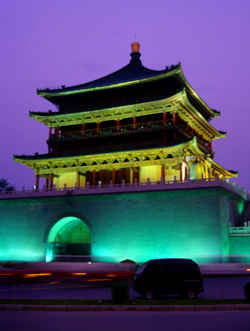
Even today we see maps shift reality so that places exist differently than what you would find ‘if you were on the ground’. Road maps often include streets that are planned, but have never been built, or don’t describe that the street crossing that looks so direct on the map, can’t be made. A recent internet report showed that Chinese government maps of cities often change the position of major streets. Why? For military purposes. The government has apparently fallen back on the ancient practice of redrawing reality to stop potential invasion or intelligence gathering.
Happily, I’ve been replaced on the list of existing residents of my complex and so my home and I have been returned to reality. There is no longer a fog where my house once stood and my cats and I are all okay.
Free Fiction
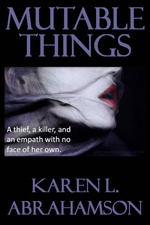 Free Fiction brings bleak times for Jaymee and David. Chapters 19 and 20 are up here.
Free Fiction brings bleak times for Jaymee and David. Chapters 19 and 20 are up here.
Free Fiction Wednesday
 This week’s Free fiction brings more of Jaymee Gray and David Corbin’s paranormal adventure in the caffeine-addicted heart of Vancouver. To read on click HERE.
This week’s Free fiction brings more of Jaymee Gray and David Corbin’s paranormal adventure in the caffeine-addicted heart of Vancouver. To read on click HERE.
Free Fiction
 This week will be the start of something new : For the rest of the year I’ll be publishing my urban fantasy novel Mutable Things as a serial novel with 1-2 chapters a week. I hope you enjoy this novel of an empath who must conduct a murder investigation while her face and form change to meet the desires of the men around her.
This week will be the start of something new : For the rest of the year I’ll be publishing my urban fantasy novel Mutable Things as a serial novel with 1-2 chapters a week. I hope you enjoy this novel of an empath who must conduct a murder investigation while her face and form change to meet the desires of the men around her.
To read the first two chapters, click HERE.
Free Fiction
This week’s free fiction story: Ruffles: Almost a Love Story
